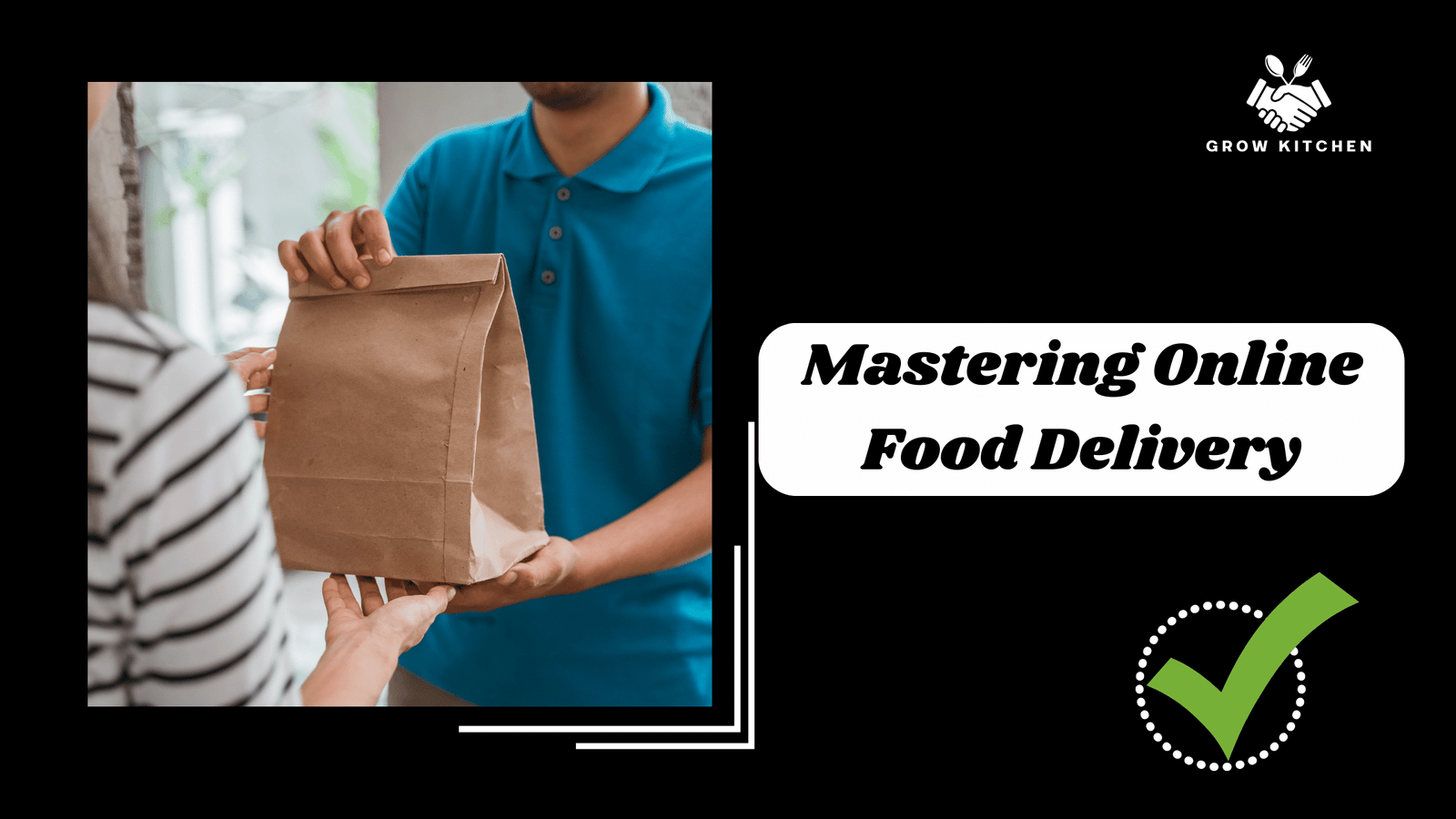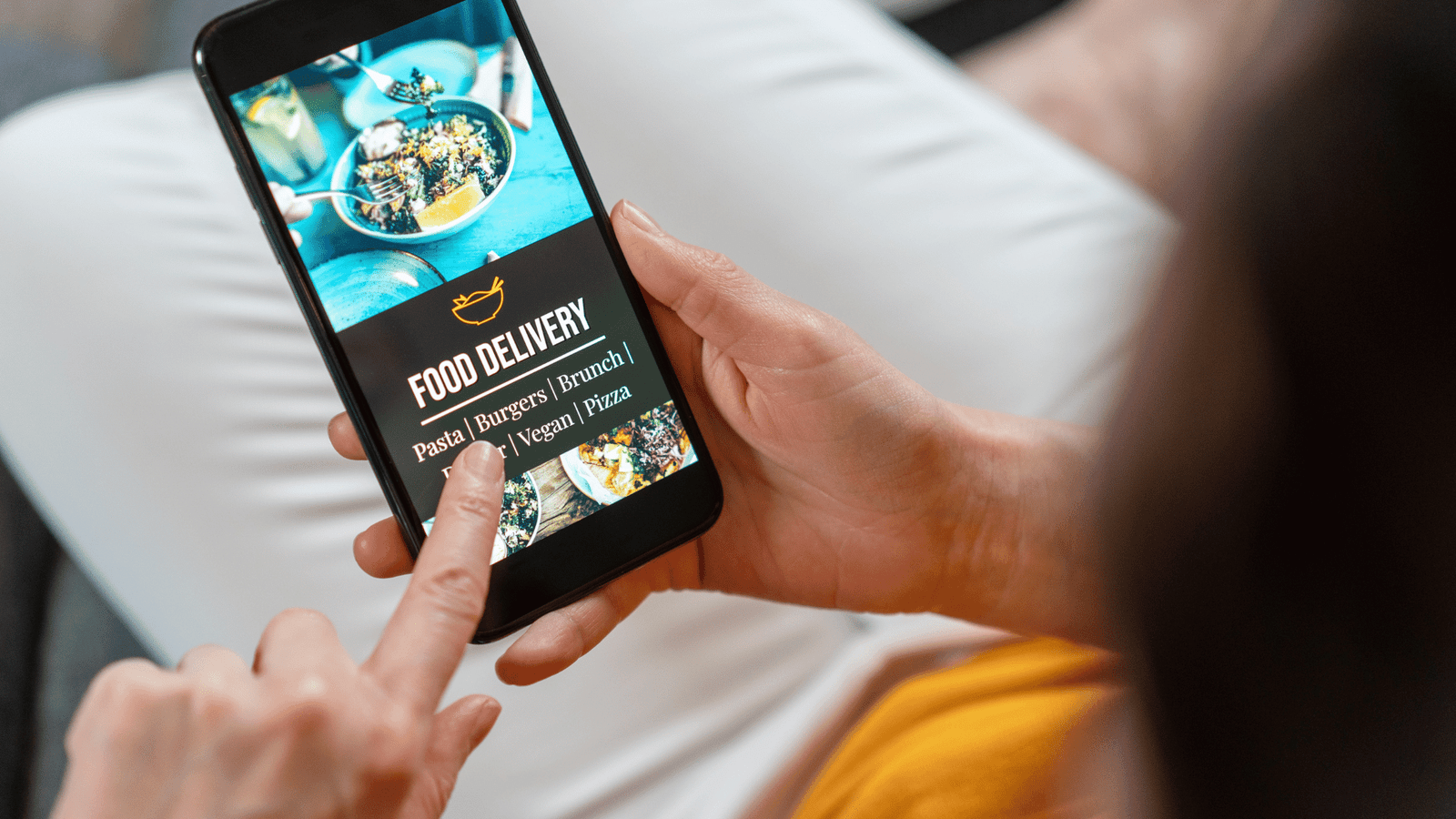In today’s digital age, mastering online food delivery has become a crucial aspect of restaurant success. With the rise of food delivery apps and the increasing demand for convenience, restaurants need to implement effective strategies to thrive in the competitive online food delivery market. By focusing on key online food delivery strategies, restaurants can enhance their visibility, attract more customers, and ultimately boost their sales.

Online Food Delivery Strategies
Understanding the Online Food Delivery Landscape
The first step in mastering online food delivery is to understand the landscape. With the proliferation of food delivery platforms like Zomato, Swiggy restaurants have a wide range of options to choose from. It’s essential for restaurants to carefully select the platforms that align with their target audience and business goals. By analyzing customer demographics, preferences, and ordering habits, restaurants can tailor their online food delivery strategies for maximum impact.
For instance, restaurants catering to a younger demographic may find success on platforms like Zomato, which is popular among the younger generation. On the other hand, restaurants targeting a more affluent audience may prefer platforms like Swiggy, which is known for its premium service. By understanding the strengths and weaknesses of each platform, restaurants can make informed decisions about where to invest their resources.
Optimizing Online Presence and Menu
A strong online presence is key to success in the online food delivery industry. Restaurants should invest in professional food photography, compelling descriptions, and user-friendly websites or app interfaces. By optimizing their online menu with high-quality images, detailed descriptions, and accurate pricing, restaurants can attract customers and encourage repeat orders.
High-quality food photography is particularly important, as it allows customers to visualize the dishes and make informed ordering decisions. Restaurants should consider hiring a professional photographer or investing in a high-quality camera to capture appetizing images of their dishes. Additionally, restaurants should ensure that their menu is easy to navigate, with clear categorization and filtering options to facilitate quick ordering.
Leveraging Technology and Data Analytics
Technology plays a crucial role in optimizing online food delivery strategies. Restaurants can leverage data analytics to track customer behavior, monitor sales trends, and identify opportunities for growth. By using customer relationship management (CRM) tools, restaurants can personalize marketing campaigns, offer targeted promotions, and enhance customer loyalty.
For example, restaurants can use data analytics to identify their most popular dishes, peak ordering times, and customer demographics. This information can be used to create targeted marketing campaigns, offer limited-time promotions, and optimize menu offerings. By integrating online ordering systems with inventory management software, restaurants can streamline operations, reduce errors, and improve efficiency.

Providing Seamless Delivery Experience
A seamless delivery experience is essential for customer satisfaction and retention. Restaurants should partner with reliable delivery services, implement efficient order tracking systems, and ensure timely deliveries. By offering multiple payment options, providing real-time order updates, and maintaining clear communication with customers, restaurants can enhance the overall delivery experience and build trust with their audience.
Restaurants should also consider implementing a live tracking system, which allows customers to monitor the status of their orders in real-time. This not only enhances the customer experience but also reduces the likelihood of delivery errors and customer complaints. Additionally, restaurants should ensure that their delivery staff is well-trained, courteous, and equipped with the necessary tools to handle orders efficiently.
Building Customer Loyalty
Building customer loyalty is critical for long-term success in the online food delivery market. Restaurants can achieve this by offering loyalty programs, exclusive discounts, and personalized promotions. By rewarding repeat customers and encouraging referrals, restaurants can build a loyal customer base that drives repeat business and positive word-of-mouth.
Restaurants can also use social media and email marketing to engage with customers, share behind-the-scenes content, and offer exclusive promotions. By building a strong online community, restaurants can foster customer loyalty and encourage customer advocacy. Additionally, restaurants should respond promptly to customer feedback, both positive and negative, to demonstrate their commitment to customer satisfaction.
Managing Online Reviews and Ratings
Online reviews and ratings play a crucial role in shaping customer perceptions and driving sales. Restaurants should actively manage their online reviews by responding promptly to customer feedback, addressing concerns, and showcasing positive reviews. By maintaining a high rating on food delivery platforms, restaurants can attract more customers and build trust with their audience.
Restaurants should also encourage customers to leave reviews by offering incentives, such as discounts or free menu items. By showcasing customer testimonials and reviews on their website or social media channels, restaurants can build credibility and attract more customers. Additionally, restaurants should monitor their online reputation by tracking reviews across multiple platforms and responding promptly to negative feedback.
Conclusion
Mastering online food delivery requires a strategic approach that combines understanding the market, optimizing online presence, leveraging technology, providing exceptional delivery experiences, building customer loyalty, and managing online reviews and ratings. By implementing these key strategies, restaurants can position themselves for success in the competitive online food delivery landscape and drive growth in their business.





